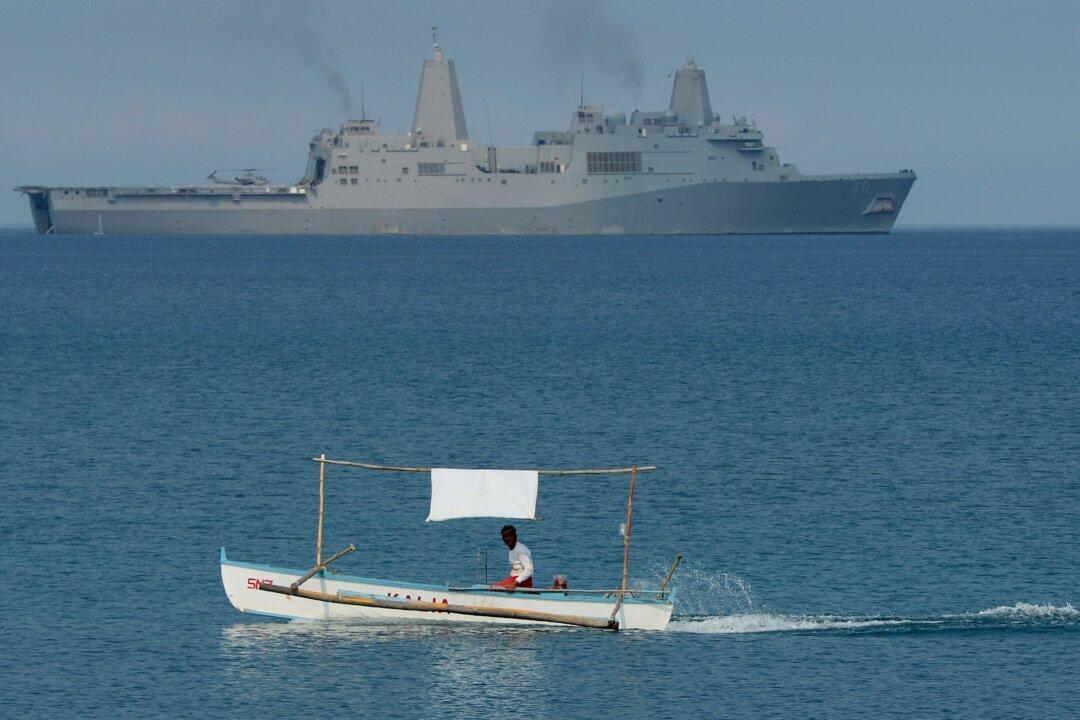SYDNEY - When dead seabirds washed up in their thousands along the eastern and southern seaboards of Australia last year, biologist Dr Jennifer Lavers became worried, very worried.
A research fellow at the Institute for Marine & Antarctic Studies in Hobart, Dr Lavers had been studying flesh-footed shearwaters, also known as mutton birds, for nearly a decade.
She knew that mass deaths, known as “wrecks”, were not uncommon for the migratory shearwaters which travel huge distances from the Bering Sea to Australia every year.
Wrecks of seabirds traditionally occur every ten years or so as a result of large storms or lack of food. They begin in September as the birds arrive exhausted from their travels and usually last a couple of weeks.
But the wreck last year continued for an unprecedented four months, and dead birds appeared in the tens of thousands on beaches from Mackay in Queensland to Albany in Western Australia.
“It was quite unusual, to have birds washing up dead in January, which is when their chicks should be hatching,” Dr Lavers said in a phone interview.
Wrecks are becoming more common with seven events since 2007. Dr Lavers believes they signal a much wider problem.
She has been studying the effects of plastic on shearwaters and says that while there are many contributing factors to wrecks, recent research indicates plastic is having a far more toxic effect on seabirds than first understood.
For one, the amount of plastic seabirds are ingesting has increased. Around 79 per cent of seabirds studied contained plastic in 2007 but that has now jumped to 100 per cent. Seabirds now contain “copious” amounts of plastic, she said. On average, around 17 pieces of plastic are found in a flesh-footed shearwater, but Dr Lavers says many contain much more.
“It is not unusual in fleshfoots to find more than 100, or more than 200, pieces of plastic in a single bird. They are very heavily impacted,” she said.
Toxicity of plastic
The amount of plastic in the ocean is well documented - the North Pacific Geyre near Hawaii is just one of six eddies known to trap oceanic garbage in patches of plastic and junk that extend over millions of square kilometres.
But an understanding of the way plastic is impacting our world has taken an alarming turn. In a new area of study, Dr Lavers joined forces with neurologist Professor Richard Banati from the Australian Nuclear Science and Technology Organisation (ANSTO).
Professor Banati had refined a technique called the tracer principle, which involves using slightly radioactive tracers to study and track materials at the molecular level. At ANSTO he has been working on detection of contaminants in a wide range of ecosystems.
It appears that plastic, no matter how small or in what quantities, increases in toxicity the longer it floats in the ocean, the process releasing more and, at the same time, attracting more toxins.
“As the plastic floats in the ocean for weeks, months, decades, it acts like a sponge or magnet. It takes all of the contaminants in the ocean water that are diluted into low concentration, absorbs it, sucks it up and concentrates it on the surface,” said Dr Lavers.
“The concentration of the heavy metals on the plastic can be more than one thousand times the concentration of that same contaminant in the ocean water.”
Those contaminants include heavy metals like lead, mercury and cadmium, known to affect the liver, kidneys, respiratory and neurological systems in animals and humans.
The two researchers discovered heavy metals in the feathers and wings of sea birds, suggesting that those contaminants were being absorbed into animal tissue. They found that plastic was acting as a facilitator or conduit of contaminants into the animals system.
“Regardless of the size...any plastic can act as a vector,” she said. “Hands down, across the board, we now know this without a doubt.”
Dr Lavers also found a correlation between the birds’ condition and the amount of plastic in the bird - the higher the amount of plastic, the higher the level of heavy metals and the poorer the body condition, including emaciation and dangerously short wing spans. The results are ringing alarm bells.
“Seabirds are highly respected as indicators of the health of the marine environment,” she said.
Dr Lavers believes her discovery is ground breaking because environmental scientists have traditionally focused on quantifying the physical effects of plastics on sea life, like throat or intestinal blockages and plastic bags wrapped around the head. A molecular pathway of toxicity is a whole other level.
“What is happening we can’t see and that is far more widespread than anyone understands,” she said.
Rethinking plastic
While many people may be aware of the toxic nature of some plastics, particularly Bisphenol A (BPA), vinyl chloride (PVC) and polystyrene, the study highlights the dangers of any plastic including biodegradables.
A combination of starches and plastic in the form of polychromes, biodegradables can be broken down in industrial facilities using specials conditions like extreme heat and other processes, but they do not break down by floating around in cold ocean water.
“Plastic does not biodegrade, polymer chains do not biodegrade, that is the definition of their chemical structure, they do not break down, they truly last forever,” said Dr Lavers.
As a result of his molecular line of research, Dr Banati says the pervasive nature of plastic requires a rethink.
“A traditional approach to environment management has been ‘the solution to pollution is dilution’. However researchers are becoming concerned about this approach,” he said in a statement.
“Specifically we are finding that mass plastic consumption, together with increased degradability of plastics, may actually lead to a steady increase of hazardous contaminants in the environment which would be difficult to reverse.”
Dr Banati says showing the traceablity of plastics allows a more comprehensive analysis of the lifecycle of plastic well beyond what can be seen with the naked eye.
The results indicate clear environmental, biological and social concerns and raise questions about industry standards for reusable or biodegradable plastics and for their collection.
“These are interesting questions and, if anything, what research at the atomic scale shows is that they are at least worth putting out there and discussing,” Dr Banati said.




